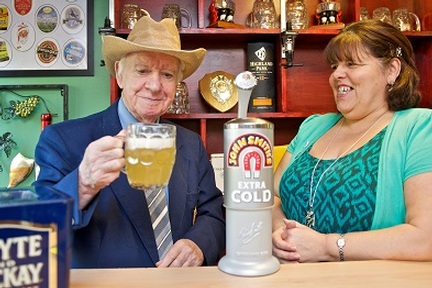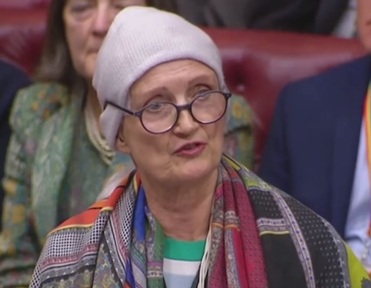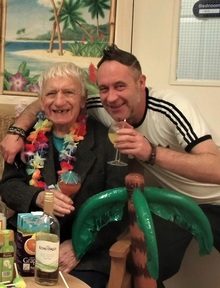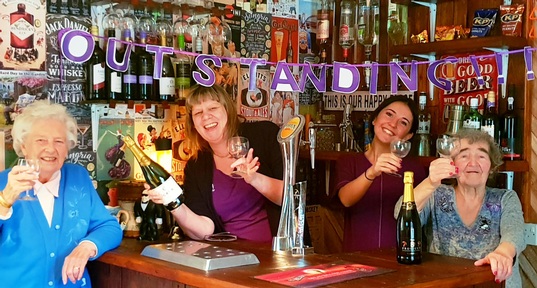Failing care home becomes centre of excellence after care home and local authority join forces
St Luke’s care home in Cheshire was on the brink of closure in 2013 after a care worker was found guilty of punching, slapping and verbally abusing residents with dementia. In the wake of this, the home faced major occupancy issues and also desperately needed to be modernised. Now two years on, the care home has been transformed and has more than halved its hospital admissions and been hailed as a centre of excellence for dementia care.

It is all down to a partnership between the care provider, Community Integrated Care, Halton Borough Council and NHS Halton CCG which led to the home being refurbished and also introduced a specialist approach to care.
Cath Murray-Howard, deputy chief executive of Community Integrated Care, spoke at the International Dementia Conference, revealing: “We were going to close the home. The fact that we have created this care home as a centre of excellence is the most incredible thing.
“It had been a successful home but because of a care worker who ended up in prison and some terrible press coverage the financial position of the care home started to become untenable.”
Ms Murray-Howard approached Dave Sweeney, director of transformation working across NHS Halton CCG and Halton Borough Council and told him the trustees wanted to close the home.
“Mr Sweeney responded ‘I think there is a way through this and it isn’t closing the home’.”
Closing the home 'wasn't an option'
Dave Sweeney explained: “We were going to lose 56 beds in the community and for us it wasn’t an option. So we decided to do something different and that was the partnership.”
He adds: “Co-production and trusting relationships enable real and effective change. NHS Halton Clinical Commissioning Group and Halton Borough Council provide an integrated approach to health and social care. This has supported St Luke’s, providing them with the support and resources they need to provide excellent care.”
At the start of the partnership, a multidisciplinary project team was set up – featuring lead members of the CCG, local authority and Community Integrated Care. Together, they identified that people with acute dementia needs were not properly supported by existing provision, escalating the need for hospital interventions. By adding clinical input to the service, it could meet this additional need, specialise provision and make the home viable.
This kind of partnership 'not happening enough'
This kind of partnership between the local authority and a care home is relatively rare, according to Ms Murray-Howard, who says “it is not happening enough”.
She credits it with bringing “stability to the care home” which cares for 60 people with dementia and says it was also responsible for building up a good relationship with clinical specialists. This means that a GP now visits the care home on a weekly basis and a psychiatrist visits once a fortnight.
“The partnership worked so well as there was a community purpose and absolute trust,” she says.
“We also appointed a visionary and creative manager and refurbished half of the bedrooms and created two hi-tech wet rooms.”
The major refurbishment was funded by the CCG and council securing a £100,000 grant, as well as a £150,000 investment by Community Integrated Care.
This has created a more comfortable, dementia-friendly environment, which includes a pub, cinema, seaside area, 1950's kitchen and indoor gardens.
The partnership has also led to the care home reducing the number of residents who are admitted to hospital.
“From 2013 to 2014, we had 57 hospital admissions from the home which at that time had a 40 per cent occupancy rate. From 2014 to 2015, this dropped to 20 hospital admissions with a hundred per cent occupancy rate.
“We also run a wonderful end of life service at the home and we developed our own dementia training sessions for all of our staff.
“It just shows that by working together amazing things can happen,” says Ms Murray-Howard.
click here for more details or to contact St Luke's Nursing Home
Latest Innovative Care News
 13-May-19
'Pink drink' brain cancer treatment rolled out across NHS in memory of Baroness Jowell
13-May-19
'Pink drink' brain cancer treatment rolled out across NHS in memory of Baroness Jowell
 25-Apr-19
Louis Tomlinson helps 83-year-old who lost wife to dementia complete bucket list
25-Apr-19
Louis Tomlinson helps 83-year-old who lost wife to dementia complete bucket list
 22-Mar-19
UK's top care home handyman takes residents to pub for pie and pint
22-Mar-19
UK's top care home handyman takes residents to pub for pie and pint
 12-Feb-19
Michael McIntyre's jokes tested to see if they stop elderly catching flu
12-Feb-19
Michael McIntyre's jokes tested to see if they stop elderly catching flu
 07-Jan-19
'We were lucky to find it': Family's delight as care home is rated Outstanding
07-Jan-19
'We were lucky to find it': Family's delight as care home is rated Outstanding